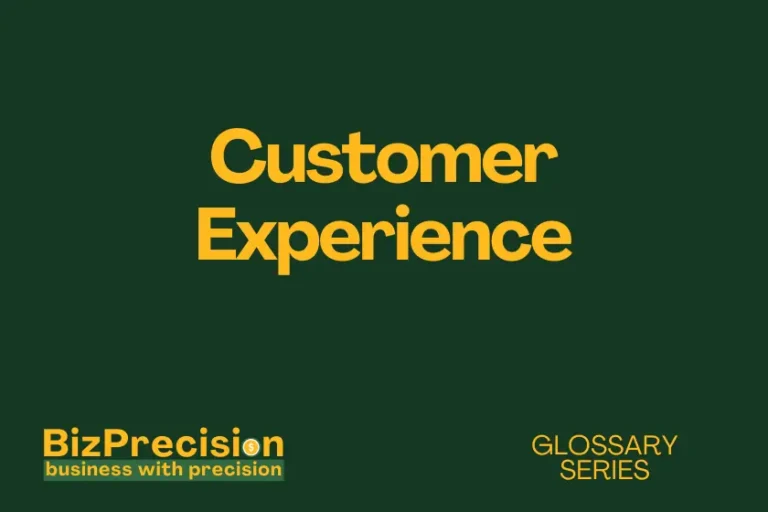What is Change Management?
Change management is the systematic approach to planning, executing, and implementing changes within an organization to achieve desired outcomes.
It’s the art of introducing new ideas or processes and ensuring they become part of the organization’s routine.
Change management helps companies adapt and grow in today’s fast-moving business world. It gives leaders tools to guide their teams through transitions smoothly.
According to Prosci’s 2023 Best Practices in Change Management report, organizations with excellent change management are six times more likely to meet project objectives than those with poor change management practices. Projects with strong change management also finish on time and on budget 93% more often.
Let’s explore how effective change management can transform your organization and drive sustainable success.
Core Components of Change Management
People-Focused Change Management
The human element sits at the heart of successful organizational change. Smart leaders know that their teams drive lasting transformation.
Employee engagement forms the foundation of effective change. Regular team meetings and feedback sessions help staff feel heard and valued. This creates trust and openness to new ideas.
Clear communication channels reduce uncertainty during transitions. When managers explain the “why” behind changes, teams adapt more quickly. Regular updates keep everyone aligned with change goals.
Training programs prepare employees for new roles and responsibilities. Hands-on practice sessions build confidence in new processes. Mentoring relationships support ongoing skill development.
Process-Driven Change Management
Strong processes turn change plans into reality. They provide structure and clarity during transitions.
Impact assessment helps leaders understand how changes affect different areas. Teams can spot potential issues early and plan solutions. This reduces unexpected problems during implementation.
Detailed implementation plans break big changes into smaller steps. Clear timelines and responsibilities keep projects on track. Regular checkpoints help measure progress toward goals.
Monitoring systems track how well changes stick over time. Data collection shows what’s working and what needs adjustment. This allows teams to fine-tune their approach for better results.
Tools and Frameworks
The right tools make change management more effective and efficient. They provide tested methods for handling transitions.
Kotter’s 8-Step Model offers a clear path for transformation. It helps leaders build urgency and maintain momentum. The model’s structure guides teams through complex changes.
Modern software solutions streamline change tracking and reporting. Digital dashboards show real-time progress on key metrics. Automated notifications keep stakeholders informed and engaged.
Popular frameworks like ADKAR break change into manageable pieces. They focus on individual and organizational readiness. This dual approach increases success rates significantly.
Strategies For Effective Change Management
Planning for Change
Good planning lays the groundwork for successful organizational change. It helps teams prepare for what’s ahead.
Start by mapping out who your change will affect. This stakeholder analysis shows whose support you’ll need most. McKinsey reports that projects with strong stakeholder support are 85% more likely to succeed.
Risk assessment helps spot potential roadblocks early. List what could go wrong and plan how to handle it. This preparation makes teams more confident when challenges arise.
Smart resource planning ensures you have the tools to succeed. Match people and budgets to project needs. Regular resource reviews help catch shortfalls before they cause problems.
Managing Change Resistance
Resistance to change is natural but manageable. Understanding why people resist helps you address their concerns.
Common resistance patterns include fear of job loss and comfort with old ways. People worry about learning new skills or losing status. These fears need addressing through open, honest communication.
Build trust by showing how changes benefit everyone involved. Share success stories from similar changes. Regular check-ins help spot and address concerns quickly.
Track how well resistance management works using employee feedback surveys. Measure attitude shifts over time. Use this data to adjust your approach when needed.
Communication Strategies
Clear communication keeps everyone moving in the same direction. It builds trust and reduces uncertainty.
Create targeted messages for different stakeholder groups. Executives need different information than front-line staff. Match your message style to each audience’s needs.
Set up two-way feedback channels to hear concerns and suggestions. Regular pulse surveys show how well messages reach their mark. Team meetings provide space for important discussions.
Share progress updates that celebrate wins and address setbacks honestly. Use simple visuals to show how far you’ve come. Keep the focus on moving forward together.
Measuring Change Management Success
Key Performance Indicators
Measuring change success helps prove value and guide improvements. Focus on metrics that matter most.
Track adoption rates to see how many people embrace new ways. Look for increased use of new tools or processes. Compare actual versus target adoption numbers regularly.
Measure business impact through productivity and efficiency gains. Calculate cost savings from improved processes. Document quality improvements in products or services.
Use ROI calculations to show change management’s financial benefits. Compare project costs against measurable improvements. Share these results to build support for future changes.
Long-term Sustainability
Making changes stick requires ongoing attention and care. Build systems that support lasting transformation.
Create regular check-ins to monitor how well changes hold up. Look for signs of people returning to old habits. Address backsliding quickly through targeted support.
Embed new practices in your company culture through recognition programs. Celebrate teams that embrace and maintain changes. Share success stories across the organization.
Set up knowledge sharing systems to preserve and spread good practices. Train new employees in improved methods from day one. Keep documentation updated as processes evolve.
Conclusion
Effective change management transforms how organizations handle transitions. It turns potential disruption into opportunity for growth.
Your success depends on balancing people, processes, and tools. Focus on clear communication and strong support systems. Measure results to prove value and guide improvements.
Ready to transform your organization? Start by assessing your current change readiness. Then build a plan that puts these principles into action.







